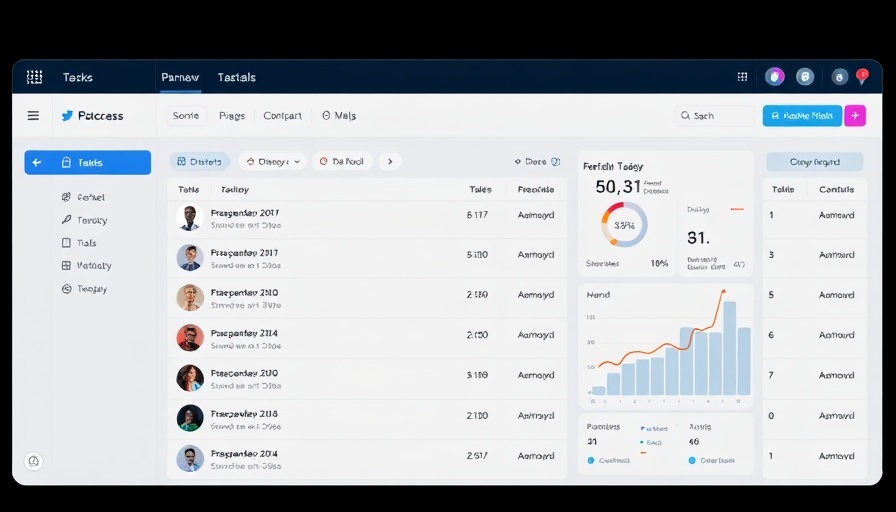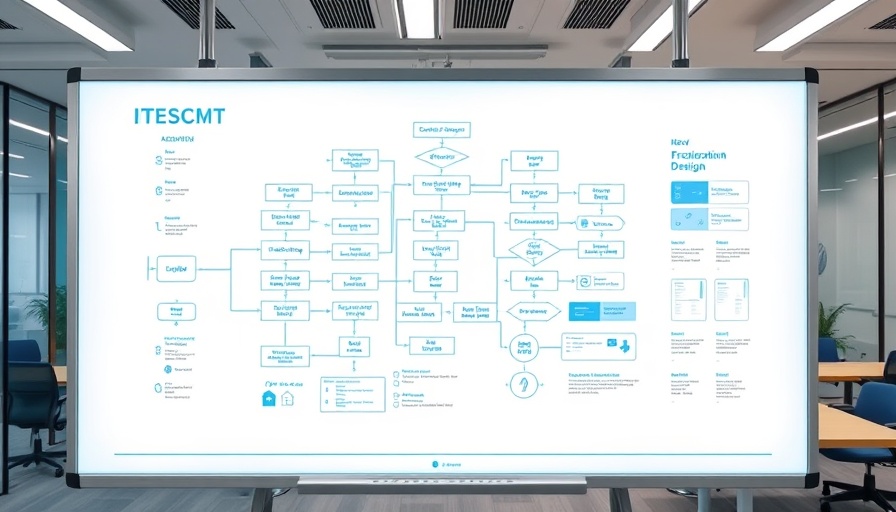
Unlocking Employee Potential Through Performance Goals
In today's competitive business landscape, especially for companies generating between $2M - $10M in annual revenue, setting performance goals is crucial for driving employee growth and optimizing operations. Business owners often grapple with scaling tasks across teams, leading to chaos and inefficiency. To bolster productivity and clarity, effective performance goals can be leveraged as a powerful tool.
Why Performance Goals Matter
Performance goals not only align individual aspirations with company objectives, but also create a framework that fosters collaboration, accountability, and measurable outcomes. By clearly defining performance metrics, businesses can encourage employees to excel in their roles, ultimately contributing to overall growth. Whether in product development or project management, well-structured goals enhance focus and motivation.
Performance Goals Examples You Can Implement
The beauty of performance goals lies in their adaptability to various roles and industries. Here are five examples tailored for operational excellence:
- Improving Project Management Tools: Set a goal to decrease project completion time by 20% through optimized software tools and workflows.
- Enhancing Product Development Efficiency: Aim to increase testing accuracy by implementing structured processes that reduce errors.
- Boosting Team Collaboration: Establish metrics for cross-departmental projects, measuring collaboration effectiveness by the number of joint ventures initiated.
- Streamlining Operations: Set a target for reducing operational delays by 15% within the next quarter, focusing on workflow automations.
- Strengthening Feedback Mechanisms: Implement a goal of increasing employee feedback submissions by 30%, ensuring continuous improvement practices are embraced.
Creating a Culture of Continuous Improvement
Companies that champion performance goals not only grant clarity and direction, they also cultivate a culture of continuous improvement. This approach reinforces the commitment to fostering a work environment where collaboration thrives and employees are encouraged to take ownership of their growth trajectories. The alignment of personal goals with organizational plans empowers employees to make substantive contributions.
Next Steps: Actionable Insights
As a business owner, initiating the conversation around performance goals within your team can drastically improve not just outcomes, but also morale. Consider implementing a weekly check-in process where team members can discuss and adjust their performance goals, ensuring they remain aligned with broader business objectives. Utilize actionable tools and software that can track progress and facilitate real-time adjustments.
In conclusion, establishing clear performance goals provides a roadmap for success and fosters an environment where employees can thrive. By integrating these practices, mid-sized business owners can optimize their operations and drive meaningful change.
 Add Row
Add Row  Add
Add 



Write A Comment